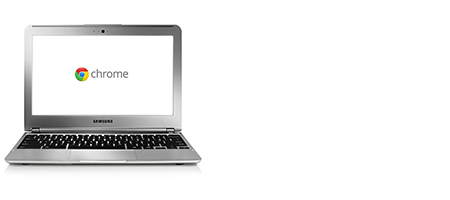Who are the consumers of textbooks? And how do you define a consumer? We had this discussion recently on the podcast Real Tech for Real People episode 97. We were discussing the increasing use of tablets, and specifically iPads, in primary and secondary education. Of course, this led to a discussion of the use of tablets in higher education. The conversation was wide ranging in a couple key points emerged that I wish to write about here.
The primary and secondary schools systems are selecting a specific device and the books are content to go on that device. In this case, the system purchases the devices and the content and then delivers that to the student. So who is the consumer in this case? Setting aside for the moment the argument that the taxpayer is always the consumer, let’s focus on whether the consumer is the school district or the student. We can all agree that there are many stakeholders in this arrangement: the school board, parents, teachers, students, taxpayers, and I’m sure many others. But when I consider the consumer, I am considering their role in consumer plays in shaping the marketplace. In this case, while the students consumed the content, the school board by virtue of the purse string is the consumer. We can hope they are making wise decisions as they select the best combination of hardware, software, and support infrastructure.
Given this scenario the selection of a specific hardware platform makes sense. As a consumer the school district is selecting an all encompassing solution for all to use. This approach will undoubtedly balance the educational needs with the technological abilities, and of course the fiscal reality is the school board faces. The district will be able to leverage their scarce taxpayer dollars to get the best benefit possible. Are there limitations to this approach? Perhaps. There might be better solutions that only run on a different platform. But those are the tradeoffs one makes when one selects a technological platform on which to base decisions. We must satisfice.
Not consider the higher education model. As professors and students alike start to look towards digital textbooks as a valuable and viable alternative to the costly new-used-new book cycle we find a new challenge. In the old paper based book paradigm each professor selected the content and the medium for delivery of the material for their class. As I wrote previously this whole paradigm the content and the medium are inextricably entwined. Each selection of a book was in and of itself the selection of the ecosystem combining the technology (paper) and the content, and quite frankly the support infrastructure. Digital course content (textbooks) separate those.
In the old paradigm the student as consumer handbook three choices. They could buy the book new, they could buy the book old were used, or quite frankly they could choose not to buy the book. They controlled the purchasing decisions and there were really no other considerations of value for them or their professor since all books were delivered in the same – way as complete units. Now, we have some separation between the content and the media.
So who is the consumer and how does that shape the market? Following the old model the professor will select the textbook and the student will be expected to buy that content. If we allow the old system to continue unchanged the faculty member may continue to select what they feel to be the best possible text for the class without regard to the delivery media they will be forcing upon the student. Of course, they are decision may well be driven by the technology they happen to own and not the technology the students own. A professor with an android tablet may well selected android specific text applications while another faculty member with an iPad may well selects iPad content applications. This becomes especially problematic when faculty are selecting multimedia are rich content that may only work in one operating system and not the other.
Purchasing decisions than shift from the student who controls their own purse strings and now can fall on the faculty member who is on constrained by the fiscal realities their students face. It is quite possible for students to need three separate portable digital devices to support three or more classes. The student, by my definition earlier, is the consumer who must make the purchasing decision but that decision has been taken from them.
Once again, we see the value of interface and interoperability standards that cross the various platform divides. Rather than develop operating system specific applications, textbook publishers should work to ensure that their content can be delivered across the wide spectrum of portable devices available. Certainly Amazon has provided that ability through their multiple instances of the kindle application. If a professor assigns a Kindle book a student can easily select that content to view on nearly any device. With the maturation of HTML5 hopefully we will see more and more experience-based course content available and not tide to specific platforms were operating systems.
This will then returned the student to the role of consumer allowing them to make the decision about which media device best fits their needs and wants, while allowing the faculty member to select the content that they believe best fits their course requirements.
I would love to learn your thoughts on the role of consumer in education, and not just in relation to textbooks but who the consumer really as in both primary and secondary education as well as higher education.
Tweak me @SCMprofessor with your thoughts or share them here.



